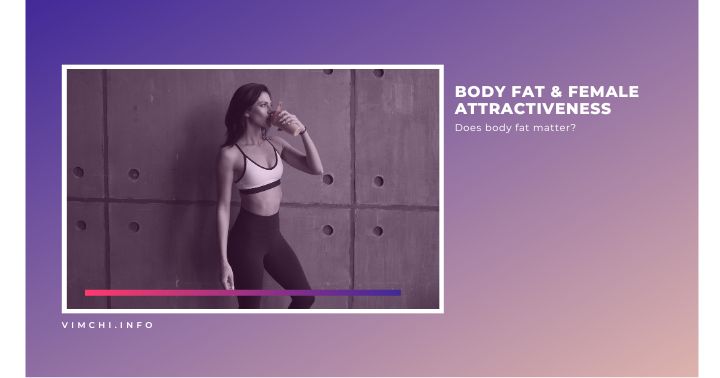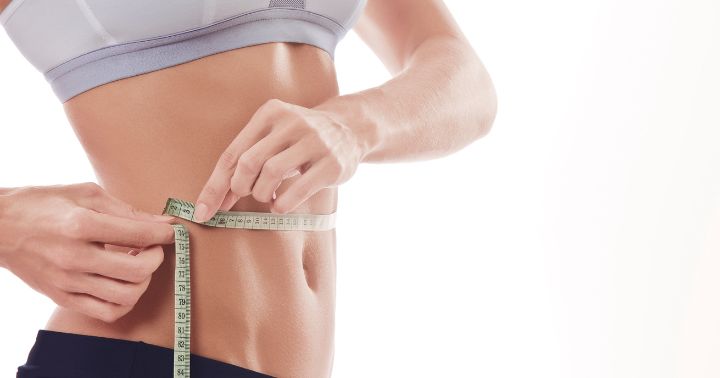
When it comes to beauty, body image has sparked passionate conversation, especially the role of body fat in female attractiveness. What exactly is its role? Is there a universal standard?
Body Fat in Female Attractiveness: Does Body Fat Matter?
Contrary to social media messaging, body fat isn’t bad. It plays a vital role in reproductive health, hormonal balance, and overall wellness.
Body fat may even enhance your physical attractiveness. However, it must be at a moderate level.
Why It’s Vital in Women?
- Hormonal regulation: Body fat is vital for producing estrogen. It’s a key hormone in female reproductive health.
- Fertility signals: A healthy amount of fat signals fertility and physical maturity.
- Energy reserve: Fat serves as a biological energy store for pregnancy and breastfeeding.
- Sexual dimorphism: Fat distribution patterns signal femininity and reproductive capability.
What is the Ideal Female Body Fat Percentage?
Unfortunately, there’s no one-size-fits-all answer. Certain ranges of body fat are perceived as more attractive across different populations.
However, perception is highly influenced by culture, era, and personal preference.
Why We’re Hardwired This Way?
Traits that signal reproductive health and genetic fitness are subconsciously favored from a Darwinian perspective. A certain amount of body fat, especially in the hips and thighs, is linked with childbearing capacity.
- The waist-to-hip ratio is often more predictive of attractiveness than weight or BMI. The “golden ratio” is typically around 0.7.
- Fat distribution plays a larger role than body fat. The fat stored in the lower body is associated with fertility.
- Symmetry and softness. Qualities enhanced by moderate fat are perceived as signs of youth and vitality.
Then Vs Now Standards
Cultural ideas about body fat have shifted. What’s considered beautiful in one ear or culture might be rejected in another.
Historical Shifts in Body Ideals:
- Renaissance Europe: Fuller bodies were associated with wealth, fertility, and beauty.
- 1920s Flapper Era: A boyish, lean silhouette became trendy.
- 1950s Hollywood: Curvier figures like Marilyn Monroe, dominated.
- 1990s-2000s: Thinness was glorified, often to unhealthy extremes.
- Today: There’s growing diversity. Curvy, fit, thick, and slim all coexist in media.
The rise of body positivity and inclusivity movements causes people to reject rigid ideals and embrace the beauty of different body types.
Social Media, Filters, and Unrealistic Standards
Female beauty standards are now shaped by highly curated content. Thanks to TikTok, YouTube, and Instagram. Many women now feel pressured to conform to digitally altered bodies that may not be biologically healthy or sustainable.
Remember these points:
- Filters and editing change our perception of what’s normal
- Slim thick ideals, like having a small waist and big hips, often require cosmetic surgery or extreme fitness routines.
- Comparison culture can easily lead to body dissatisfaction, eating disorders, and depression.
It’s vital to separate real, healthy bodies from the illusion of perfection online.

Body Fat and Self-Perception: The Psychological Effect
Body fat does play a role in physical attraction. However, it’s only one piece of the puzzle. Research consistently shows that long-term attractiveness is influenced by the following:
- Personality: Your kindness, humor, and confidence can boost your attractiveness.
- Health indicators: Having clear skin, better energy, and correct posture can affect how you appear to others.
- Authenticity: Being comfortable in your own skin.
- Presence and self-expression: How you carry yourself does matter more than measurements.
Always remember that attraction isn’t just what’s on the surface. Rather, it’s multi-dimensional.
Redefining Female Attractiveness
The role of body fat in female attractiveness is just trivial compared to what the media is showing us. Biology and culture do play a part. However, true beauty is ingrained in health, authenticity, and self-worth.
Instead of chasing trends, you can do the following:
- Focus on feeling strong and healthy and not just being thin,
- Embrace your natural body type and genetics
- Reject unrealistic media portrayals
- Celebrate the beauty in diversity and imperfection.
You are worthy of love, admiration, and confidence just as you are, whether your body fat sits at 22% or 32%.
Frequently Asked Questions
What is the most attractive body fat percentage for women?
Research suggests that a body fat percentage between 20-28% is often seen as attractive because of its balance between health and fertility cues. Personal preferences and cultural norms, however, can vary.
Does fat distribution matter more than total body fat?
Yes, stored fat in the hips, thighs, and buttocks is more closely linked to femininity and reproductive health than fat around the abdomen.
Can being too lean affect attractiveness?
Yes. Extremely low body fat in women can disrupt hormones, affect fertility, and reduce the natural curves often associated with femininity and attractiveness.
How can I improve my body image?
Focus on health over appearance, limit social media comparison, and surround yourself with positive influences that celebrate various body types.
Speak Now ... Or Forever Hold Your Peace